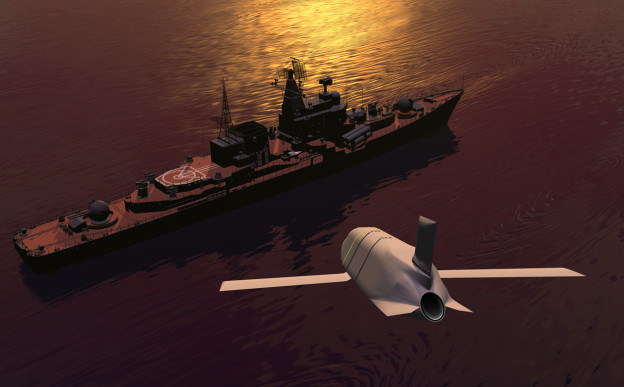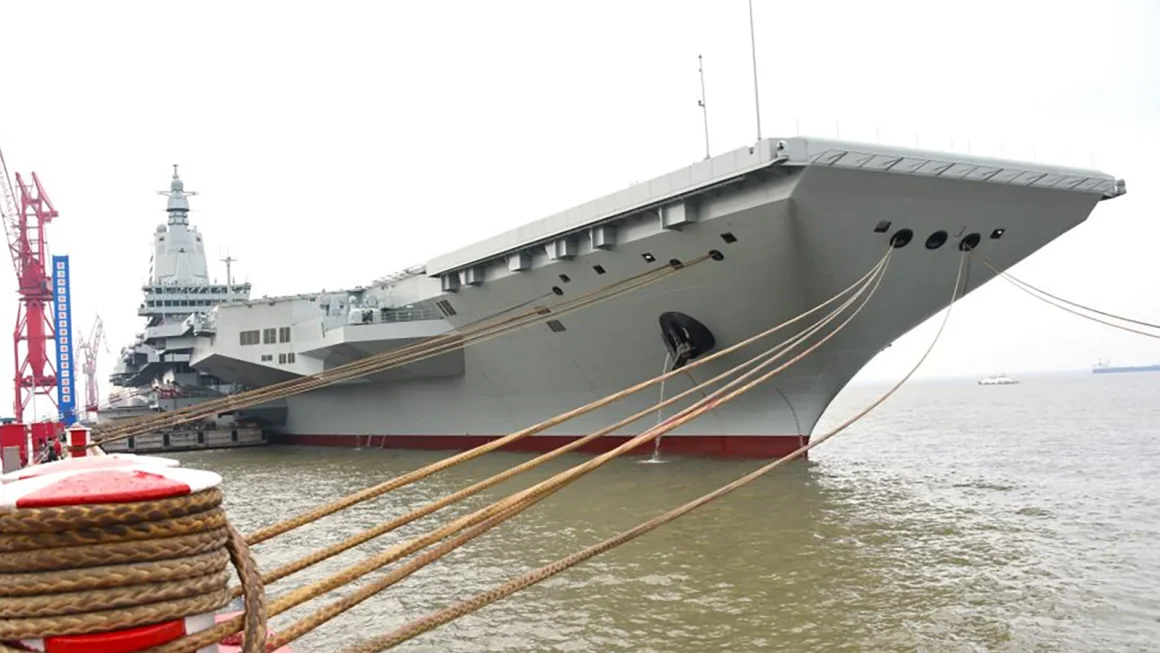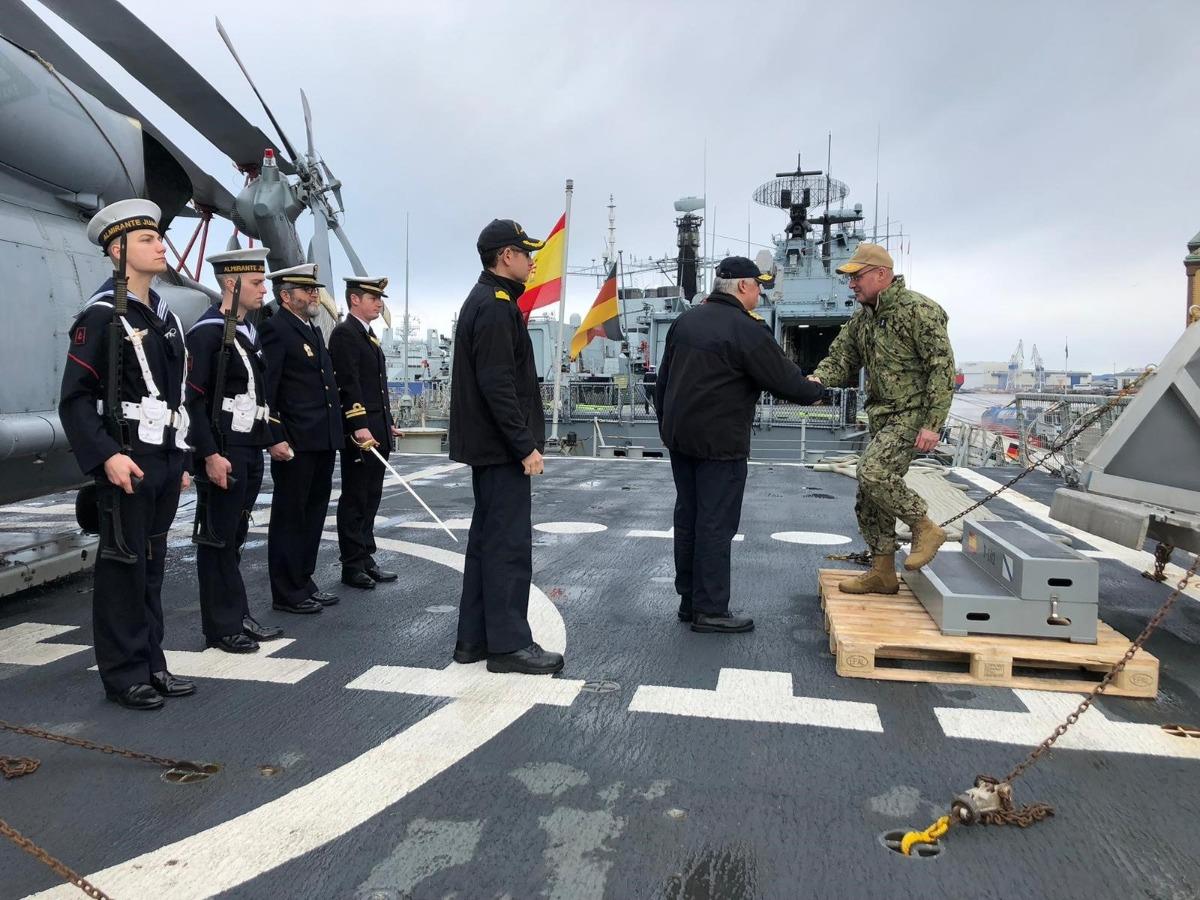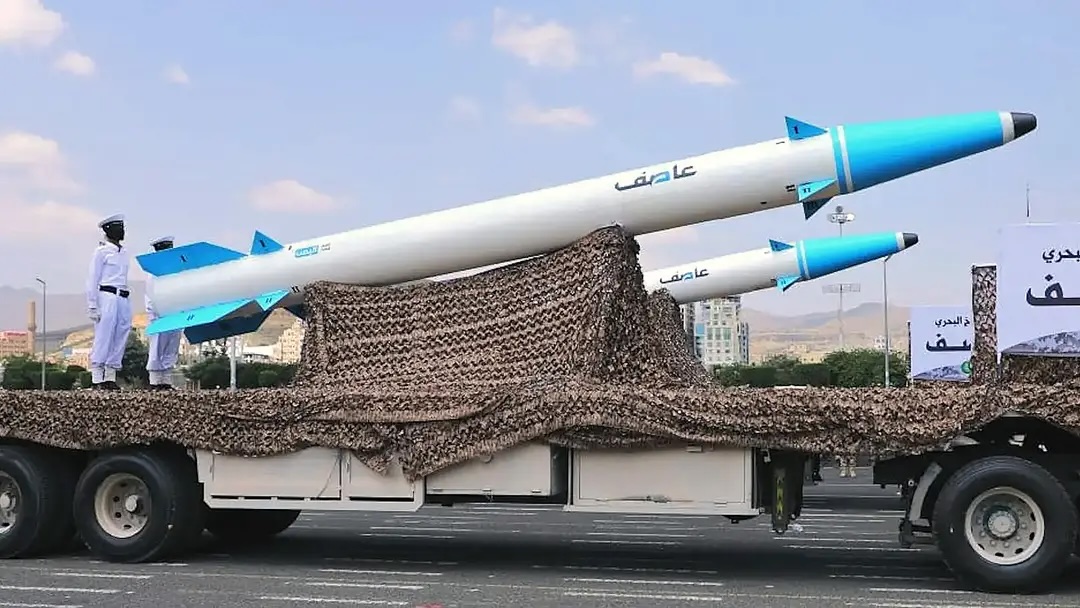
In light of emerging anti-ship threats the Pentagon is exploring the first new anti-ship missile system since the demise of the Soviet Union.
Under the auspices of the Defense Advanced Research Projects Agency (DARPA)—with funding assistance from the Office of Naval Research—DARPA’s Long Range Anti-Ship Missile (LRASM) program hopes to field a new anti-ship cruise missile for the Navy, a capability long neglected in the years since the Soviet Union’s collapse.
“Current surface-launched, anti-ship missiles face a challenge penetrating sophisticated enemy air-defense systems from long range. As a result, warfighters may require multiple missile launches and overhead targeting assets to engage specific enemy warships from beyond the reach of counter-fire systems,” DARPA said in its program description.
“To overcome these challenges, the joint DARPA–Navy program is investing in advanced technologies to provide a leap ahead in U.S. surface-warfare capability.”
Those advanced technologies are emerging in the form of a new naval anti-ship cruise missile that is derived from Lockheed Martin’s stealthy AGM-158 JASSM-ER (Joint Air-to-Surface Standoff Missile-Extended Range) cruise missile, which is used by the U.S. Air Force. This month Lockheed Martin successfully completed MK-41 vertical launch system (VLS) “push-through” testing of a simulated LRASM.
The company said four consecutive tests verified the simulated weapons could break through the MK-41 canister’s forward cover without causing damage to the composite structure, air-data probe, or coatings of the missile. Lockheed said the tests are part of a company-funded effort to show the weapons can be fired from a surface warship such as a Ticonderoga-class cruiser or Arleigh Burke-class destroyer.
Lockheed says it will fly a boosted test vehicle version of the LRASM from a MK-41 VLS platform later this year. It will also perform two government-funded controlled test-vehicle flights in 2014.
In years past the Navy fielded anti-ship variants of the RGM/UGM-109 Tomahawk cruise missile on its ships and submarines, but that version of the weapon is long gone. Meanwhile, the surface-launched RGM-84 Harpoon missiles are still in service with the Navy, although the weapon is not mounted on the latest Flight IIA Burke-class destroyers.
Those vessels have to rely on the Raytheon Standard Missile’s secondary anti-ship mode, which has limited range and limited damage potential.
In any case, there are questions as to how effective the aging Harpoon or a new anti-ship Tomahawk variant would be against modern defenses found aboard potential enemy warships—particular given that the subsonic Harpoon missiles are greatly outranged by supersonic (and subsonic) Russian-developed (and potentially Chinese-developed) anti-ship cruise missiles such as the Raduga 3M-80E Moskit, also known as the SS-N-22 Sunburn, mounted on the Sovremenny-class destroyer.
It is because of growing recognition that the Navy may once again find its dominance at sea contested that the service is exploring new weapons such as the LRASM. The weapons would give the Navy’s surface warships a decent punch against other warships that currently is lacking.
However, there is a solid argument to be made that the best way to kill an enemy surface combatant is to leash submarines and aircraft against those threats. Nonetheless, it can’t hurt to have a solid anti-ship capability on board the Navy’s surface fleet.
Lockheed also released a video that gives an overview of the LRASM concept, but which also harks back to the days of the Cold War. In the video, a U.S. Navy ship is seen engaging what is clearly a Slava-class cruiser, which is operated only by Russia and which is armed with the NPO Mashinostroyeniya P-500 Bazalt (SS-N-12 Sandbox) missile.
One can only hope such a scenario never comes to pass, or the likely sequel is almost certain to feature another Lockheed product—the Trident D5 and its Russian counterpart, the Bulava SLBM.





